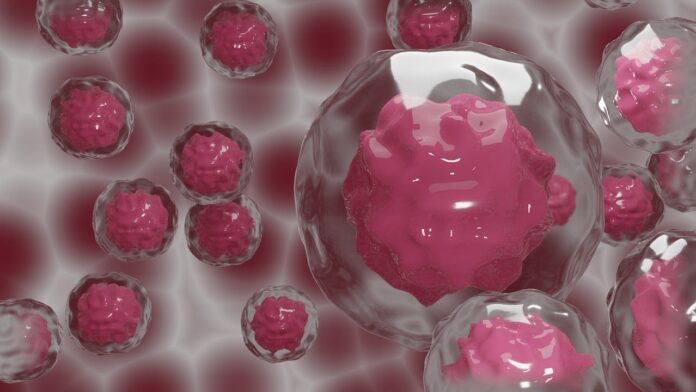Organ and cell transplantation faces a formidable hurdle in the form of transplant rejection by the host’s body. The immune system perceives the transplanted cells or organs as foreign entities and mounts an attack, necessitating the use of immunosuppressive drugs to dampen these responses. Unfortunately, patients often have to rely on these drugs for extended periods — sometimes for the entirety of their lives.
In an attempt to address this challenge, researchers have been exploring cell therapies derived from induced pluripotent stem cells (iPSCs). Stem cells, with their remarkable ability to divide indefinitely and generate various cell types, present an attractive avenue for tissue repair and disease treatment. Nevertheless, their infinite division poses the risk of tumorigenesis — the formation of tumours — and immune compatibility remain a concern. iPSCs can be developed from the patient, holding the potential to regenerate tissues within the body. However, the application of iPSC-based therapies is hindered by substantial costs and prolonged development timelines.
Immune matching in transplantation involves ensuring compatibility between the donor’s cells or organs and the recipient’s immune system. The immune system has a remarkable ability to recognize and defend against foreign entities, and in the context of transplants, it often identifies the transplanted material as foreign and launches an immune response. This response can lead to rejection, where the recipient’s immune system attacks and eliminates the transplanted cells or organs.
Researchers at the University of Toronto led by Dr. Andras Nagy — a professor in the Department of Obstetrics and Gynecology — developed a novel strategy that brings us closer to eliminating the risk of rejection and the use of immunosuppressive drugs for transplant patients.
By genetically modifying stem cells, they have created an “immune cloak” which acts to prevent immune rejection. Their results were published in Nature Biomedical Engineering.
Nagy’s team sought to overexpress, or switch on, select genes that regulate the immune response. Overexpression of these genes in stem cells prevented recognition by the immune system, creating an immune cloak.
Uncloaked mouse embryonic stem cells (mESCs) were rejected and cleared within 10 days of transplantation in mismatched mouse recipients. Strikingly, cloaked cells were not cleared even at the 9-month mark after injection. By injecting unmodified human cells into a cloaked mouse graft, the study also revealed the ability of tissues formed by cloaked stem cells to protect uncloaked cells.
In contrast to the prolonged periods required for traditional immunosuppressive drug regimens, this innovative approach significantly reduces the time needed for achieving acceptance. The overexpression of specific genes, carefully selected to minimize systemic immune effects, marks a promising shift toward a future where transplant patients may no longer be burdened by the lifelong dependency on immunosuppressive drugs.
The development of cloaked cell lines represents a significant advancement in the quest for immune-tolerant stem cell therapies. Nagy’s groundbreaking work opens new possibilities for the field, offering hope for more accessible and effective transplantation methods while paving the way for a future where immune rejection becomes a rare obstacle rather than an inevitable challenge.








































